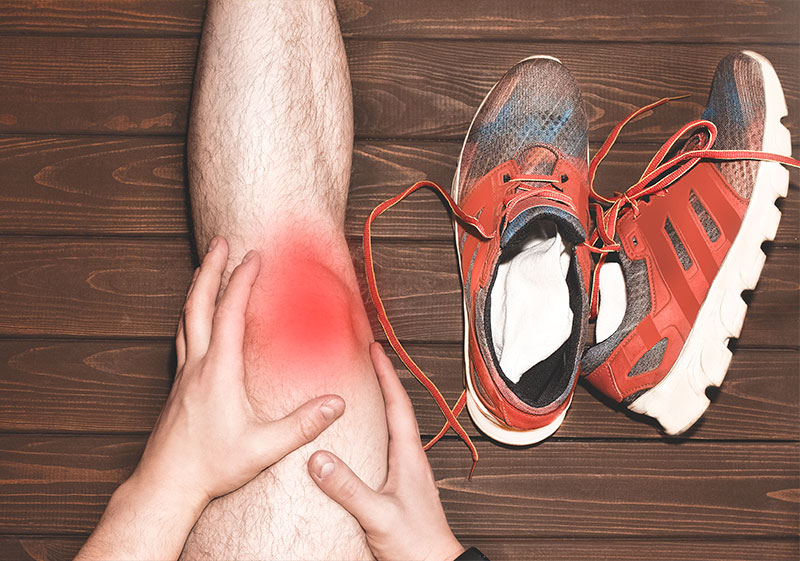
5 top tips to prevent running injuries
Running is the king of cardio and helps individuals stabilize their body by maintaining a stable weight. However, there are many things to keep in mind while taking a jog out in open or in the gym. Running can be a form of exertion on the body for some people wherein they face minor aches and pains from time to time especially in the back and legs. These minor aches can be normal but at the same time may also cause common running injuries like;
- Plantar Fasciitis
- Runners’ Knee
- Iliotibial band (ITS) Syndrome
- Achilles tendonitis
- Shin splints
- Stress Fractures
Up to 60%-70% of the runners have or will experience an injury severe enough for them to put away their running shoes for several weeks or months. But ironically, the right shoes play the biggest role in injury prevention when it comes to exercising. And as much as these shoes are important, there are several other variables that add-in when it comes to injuries during running or exercising. Some safety tips for running are as follows:
- Before you decide to start working out, consult a professional to identify any health issues that could contribute to potential injuries
- Always warm-up before any work outset
- Always hydrate prior to any workout and consider taking hydrating fluids along with you on long runs
- Build up your running speed and distance gradually
- Cut down on the work out load if you experience any kind of pain, as this is how your body is telling you that it’s not ready for any kind of aggressive training currently
How can you avoid these injuries?
- Upskill smart
In order to upskill smart, a few adjustments need to be made to your existing workout schedule as the main goal of training is to gain the greatest benefit while incurring the least amount of stress. This simply means that you can fulfil your desired weight loss goals even by running at a slow or medium pace. All you need is to follow a systematic and progressive training plan, with each cycle of training built on what came before to create a seamless and safe program. Better yet, it is suggested to consult a trainer or fitness coach to get the right training programs that are specially customized for you.
- Slowly increase your running distance
Slowly increasing your weekly mileage has a great influence on how it affects your body. Increasing your distance overnight can increase the chances of injuries in your body, as it is important to give your body some time to adjust to changes in a timely manner. If you run 15 miles for 5 days in a week, run no more than 20 miles the next week by adding one mile to each day of the following 5 days. However, if you’re a highly trained runner, you may be allowed to increase your distance by a few extra miles, but at the end of the day, the human body still needs some time to adjust to new or sudden changes.
- Keep a steady pace
It is advised to keep a steady pace and mileage for a couple of weeks before switching to a heavier training plan by giving your body a fair chance to fully absorb and adapt to the workload.
- Jumping in too quick
If you’re fresh off the couch, it is necessary to give yourself some time to train and prepare before you jump into an intensive training program. Doing too much too soon can cause common overuse injuries such as shin splints wherein it can demotivate you from working out for the next coming days.
- Stop and Warmup!
Running injuries do not just come out of nowhere, they brew under the surface as the days pass by and slowly these minor injuries turn into major injuries. Hence, to prevent this kind of scenario from taking place, it is essential to warm up before starting any kind of work out may it be at the gym or an outdoor run. Warming up before any kind of workout prepares our body to run more correctly and efficiently. Running requires a lot of movement in the body, and aggressive movement can cause a wide range of injuries. It is best advised to start with slow movements in the body followed by picking up the pace one step at a time.
Subscribe to get a free e-book
Related Articles

Why Sedentary Behaviour or Sitting Too Much Is Bad For Your Health

3 Best Ways to Address Back Pain, According to Science

Your Children’s Feet, Playing Sports, and Seeing a Podiatrist

Barefoot Running – Back to Basics

4 Effective Ways to Prevent Common Running Injuries

Forefoot Running – The Running Technique Gaining Speed
We are affiliated with best insurance provider


